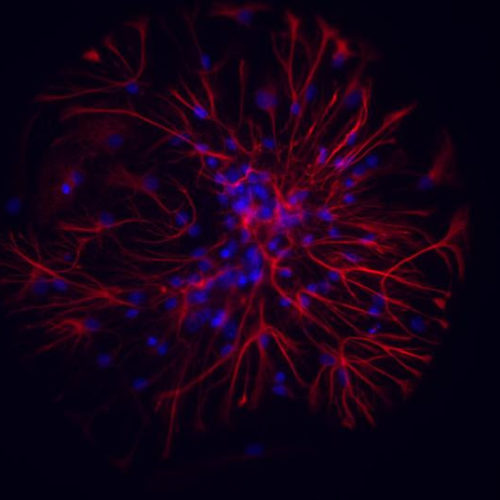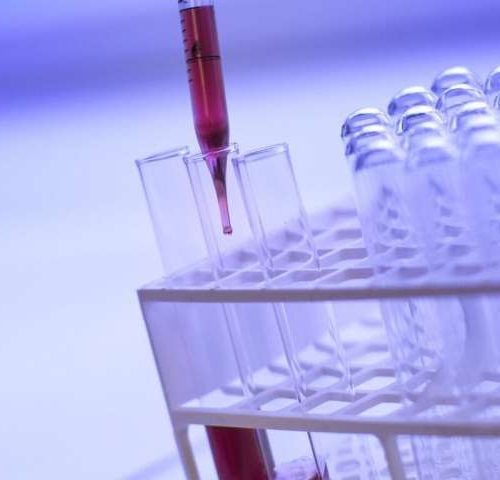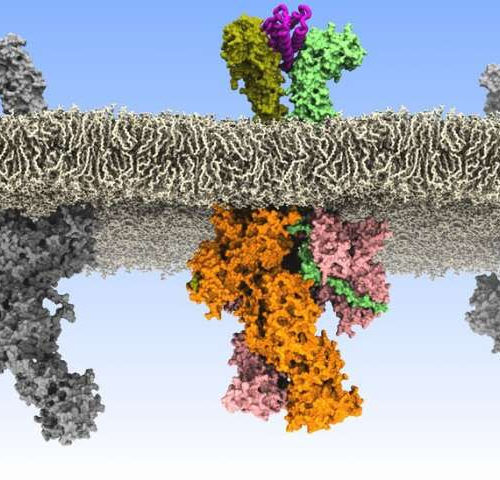Published on ACS Nano, journal of the American Chemical Society, the study opens important perspectives for treatment of diseases such as Alzheimer’s and Huntington’s disease, but also epilepsy, brain trauma and stroke. NEURONS AND ATROCYTES UNDER A FLUORESCENCE MICROSCOPE view more CREDIT: IIT-ISTITUTO ITALIANO DI TECNOLOGIA Lecce, 25th June 2020 – Gold nanoparticles have been...
Tag: <span>communication</span>
New testing system predicts septic shock outcomes
by Emily Ayshford, University of Chicago More than 1.7 million Americans develop sepsis each year, and more than 270,000 die from it. The condition—which happens when the body has an extreme response to a bacterial or viral infection, causing a chain reaction that can lead to organ failure and death—has few strategies for treatment. That’s...
DIY diabetics create artificial pancreas, push health-care industry, regulators to develop better treatments
U of A PhD candidate studies and participates in grassroots movement to hack diabetes equipment. People with Type 1 diabetes—including U of A graduate student Jonathan Garfinkel—are using free instructions from the internet to build an artificial pancreas. The patient-led movement is pushing pharmaceutical companies to improve the treatments they offer, according to U of...
Scientists discover how rogue communications between cells lead to leukemia
by University of York New research has deciphered how rogue communications in blood stem cells can cause leukaemia. The discovery could pave the way for new, targeted medical treatments that block this process. Blood cancers like leukaemia occur when mutations in stem cells cause them to produce too many blood cells. An international team of...
- 1
- 2



